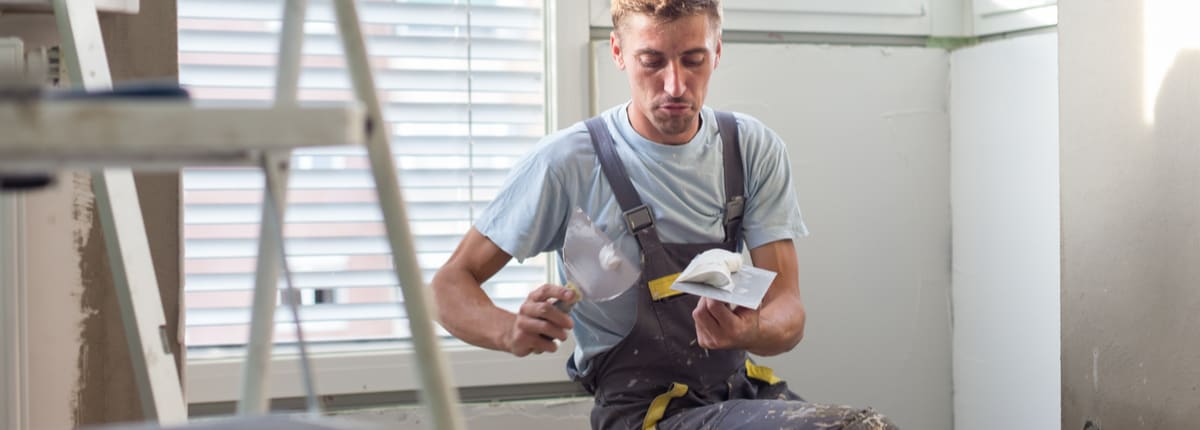Career Outcomes
Fibrous Plasterer (333211)
Solid Plasterer (333212)
Both above occupations are currently on Medium and Long-term Strategic Skill List (MLTSSL)
Industry Overview
The construction industry is a significant driver of economic activity in Australia and is projected to grow by 2.4% in the next 5 years. It employs close to 1.2 million people and has the largest number of small businesses in Australia. Construction workers are employed in both residential and commercial sectors, and are involved in site preparation, building installation and structure services. The majority of workers in the sector are employed as carpenters and joiners, followed by construction managers and plumbers (Source: IBISWorld)
Insights
Average weekly earnings: $1,600 per week
Mode of work: Most work full-time (78%)
Hours per week: full-time workers spend around 43 hours/ week at work.
Age: the average age is 37 years.
Gender: 1% workers are female
(Source: Joboutlook.gov.au)
Qualification Needed
Workers usually need a certificate III in wall and ceiling lining or solid plastering.
Course Overview
There are two types of plasterer, solid and fibrous. Solid plasterers apply decorative and protective coverings of plaster, cement and similar materials to the interiors and exteriors of structures, whereas fibrous plasterers make, apply and fix the internal linings of commercial and domestic buildings. There are courses available for both types of plasterer, which will teach you the fundamentals of plastering as well as the specifics for each occupation.
Course Requirements
Most institutions require completion of Australian Year 11 or 12 (or equivalent), as well as a minimum IELTS score of 5.5 with no band score less than 5.
Costs
A 2-year packaged trade course costs between $12,000 and $19,000 per year, depending on the institution.




Bridging Visa R
Genuine Student (GS)
Mobility Arrangement for Talented Early-professionals Scheme (MATES)
Upcoming Immigration Changes 2024
Australia’s New Migration Strategy